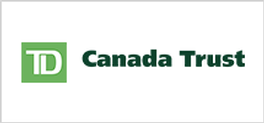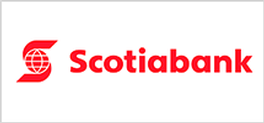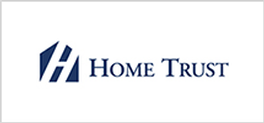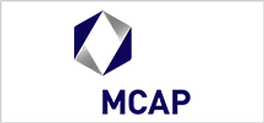Unlock Investment Opportunities with Property Financing
At Boychuk Mortgage Group, we specialise in providing tailored mortgage solutions that cater specifically to the needs of investors like you who are keen on expanding their real estate portfolios. Whether you're a seasoned investor or venturing into your first investment property, our expertise and commitment ensure you have the financial tools to confidently achieve your goals.


Understanding Investment Property Mortgages is crucial for navigating the complexities of real estate investment beyond your primary residence. Unlike traditional home mortgages, Investment Property Mortgages are structured to accommodate the unique dynamics of rental income and property appreciation. These financial products empower investors to leverage their capital effectively, generating passive income streams and maximising long-term wealth accumulation through strategic real estate investments.

Boychuk Mortgage Group recognizes that each investor's journey is unique. Our Investment Property Mortgages are designed to offer flexibility and reliability, supporting your investment strategy whether it involves single-family homes, multi-unit residential buildings, or commercial properties. We work closely with you to understand your investment objectives and customise financing solutions that align with your financial aspirations and risk tolerance.
With Boychuk Mortgage Group, you can access comprehensive guidance and support throughout the investment property financing process. Our team of experts is dedicated to providing personalised service, transparent communication, and efficient solutions that streamline your path to acquiring and managing investment properties. Whether you're looking to optimise your existing portfolio or embark on a new investment venture, we are here to help you navigate the complexities of Investment Property Mortgages with clarity and confidence.

















